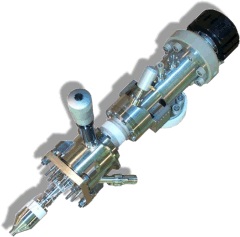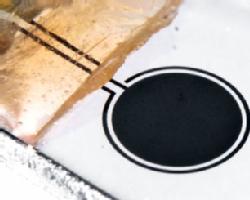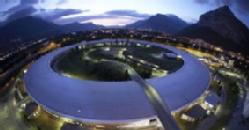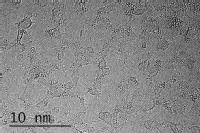Physics Research Providing Real World Benefits - IMPACT
Physics research at the University of Warwick leads to a range of different types of impact in industry, business, healthcare, government policies and culture. Our work goes beyond training the next generation of physicists, generating research papers and conference presentations, into areas where we make a difference in the real world. This all starts with research led from our Warwick researchers that spans academics, postdoctoral researchers and research students. This set of example case studies from REF 2014 (more examples from REF 2021 to be added soon) showcases some of the impact that Warwick Research has had - it may surprise you just how much this links into the things that provide day to day benefits.
If you would like to read about a particular case study in more detail, then please follow the links on the summary information for each below.
 |
FLIG and CHIPSThe floating low energy ion gun (FLIG) was invented by Professor Mark Dowsett in 1993, in the Physics Department at Warwick. It is now a key analytical instrument used in the development of a wide range of generic semi-conductor devices including the microprocessors in computers, mobile communications and low energy lighting. |
 |
Diamond SensorsProfessor Mark Newton's team have used combinations of electrochemical, spectroscopic and microscopic techniques to probe the electrochemical properties of doped diamond. In close collaboration with industrial partners, this has led to the development of a new types of diamond sensors for electrochemical and sensing applications, ranging from water quality measurements to electrocatalysis and high temperature analysis of gas. |
 |
Sounding Out SafetyNon-destructive testing (NDT) is used routinely in many different areas from testing aeroplane components for cracks or adhesive bond failures, to ensuring that pipework in petrochemical plants or power stations is not becoming dangerously thin through corrosion. Professor Steve Dixon and Dr Rachel Edwards lead a research group in the Department of Physics that uses ultrasound, electromagnetic and thermographic methods to perform NDT, working in collaboration with a broad range of companies. |
|
|
XMaSDr Tom Hase leads the XMaS facility from Warwick - XMaS is an EPSRC funded mid-range facility based in Grenoble, France, supporting the UK materials science communities. A wide range of sample environments allow a diverse set of experiments to be performed using energies in the 2.4 to 15 keV range, enabling scientists to develop and refine new materials for a diverse range of potential applications. |
|
|
Graphene Membranes for MicroscopyDr Neil Wilson's interest is in correlating atomic and mesoscale structure with physical properties in nanomaterials, with an emphasis on quantitative measurements. His current research is mainly on the structural, mechanical, electronic and electrical properties of graphene and other two dimensional materials (2DMs). He has been developing graphene and graphene oxide based TEM supports for high resolution imaging of molecular and macromolecular species (this has led to the graphene oxide TEM grids sold by EMResolutions). |


